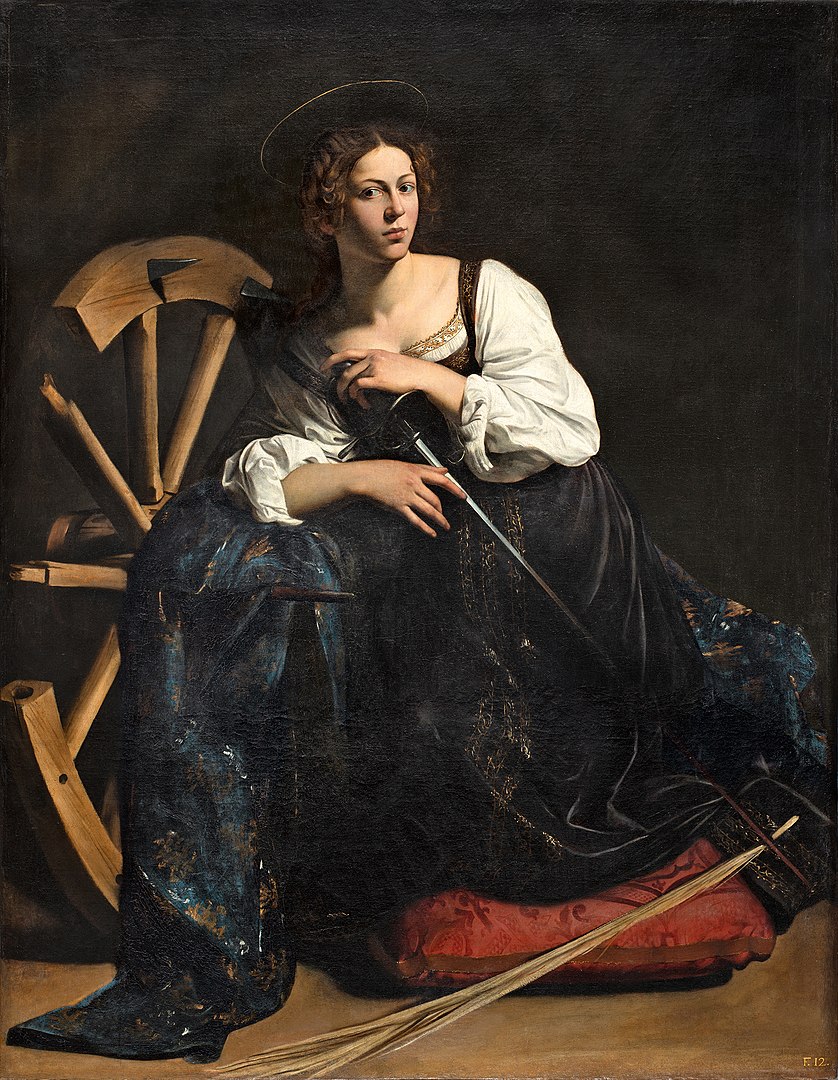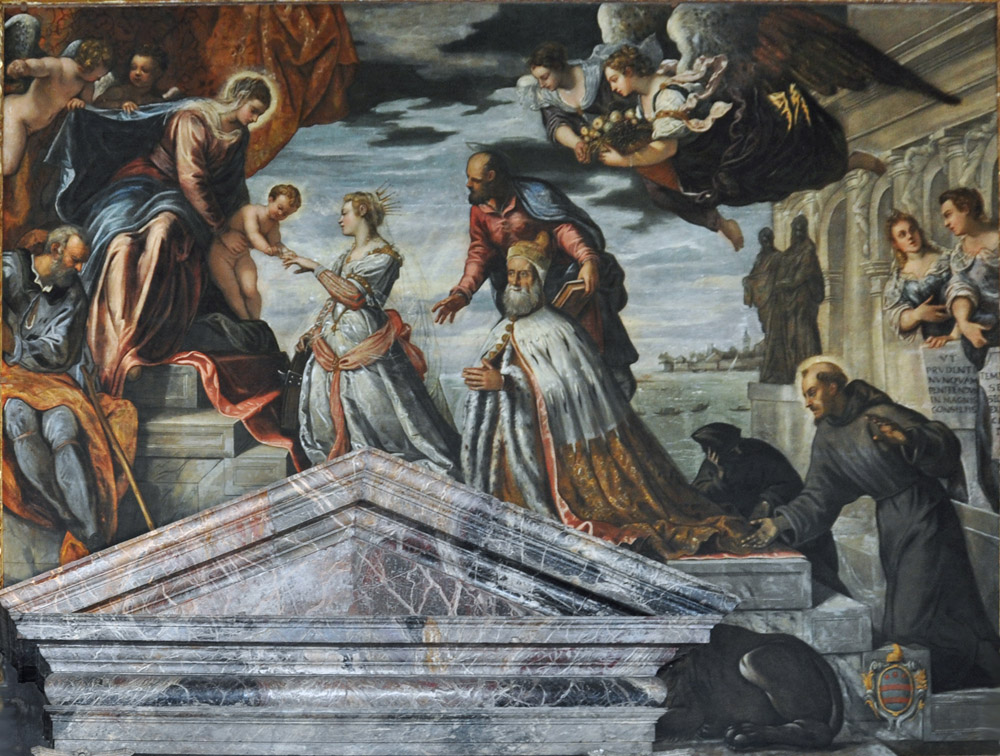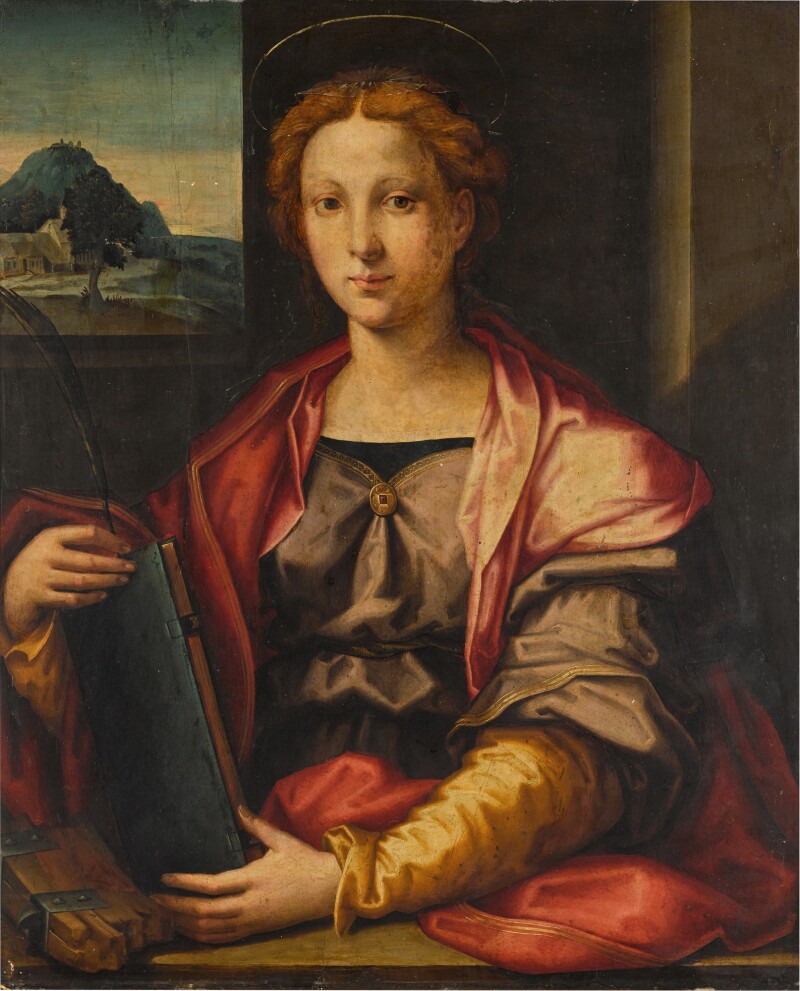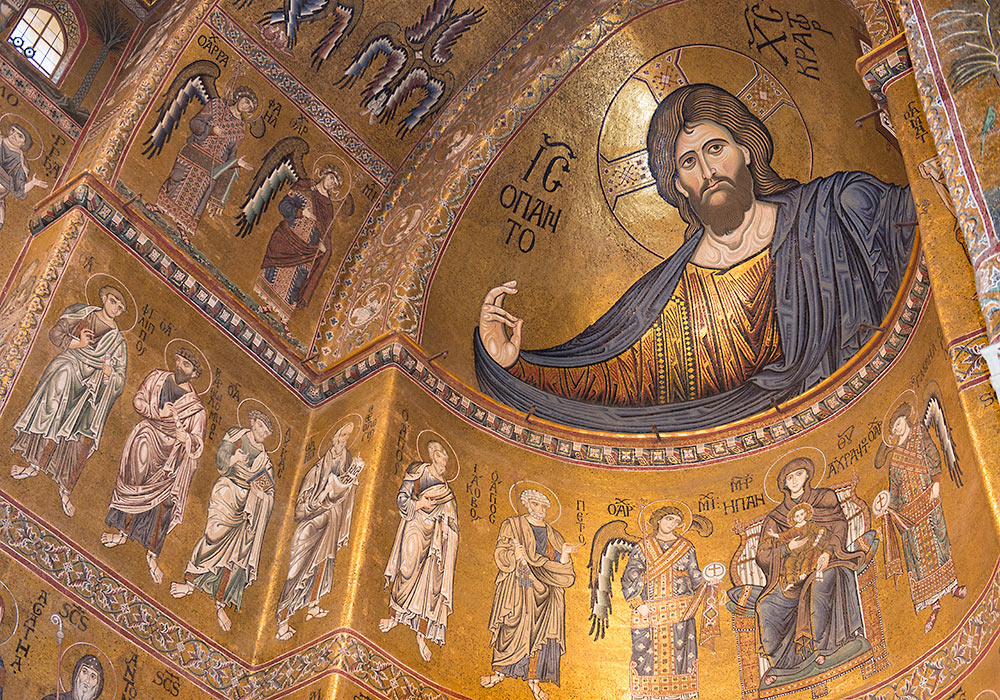
The Season of Advent
For many years I taught in Catholic schools. As soon as Thanksgiving was over (and sometimes before) my students would begin demanding “Why aren’t you putting up the Christmas tree?” My standard response was to growl back “For the same reason we’re not having an Easter egg hunt: it’s the Season of Advent, not Christmas!” I used to have a nice Advent Wreath in my classroom with electric candles. State law prohibited real candles and, honestly, they could be the occasion of all sorts of mischief in a high school classroom.
We also had special Advent prayers (printed on purple paper) taken from the Liturgy of the Hours for every day until Christmas. These included the O Antiphons on the last seven class days before Christmas. I took great pains to explain to my young charges that this was a season of preparation and penitence. It was,therefore, quite distinct from the festive Christmas Season. It was no use. They only demanded more insistently: “Christmas and Advent are the same thing! Put up the tree!”
Strike the Harp and Join the Chorus?

I have to admit that the entire world outside my classroom (with the exception of Catholic churches, and those of some other Christians who still honored the traditions of our forebears) was taking the side of my students on this one. Even most of my colleagues in Catholic education seemed to be ready to strike the harp and join the chorus as soon as the dishes from Thanksgiving dinner were safely in the dishwasher.
To make matters even worse, I had a second job at a large retail store, where I worked in the seasonal department. Here, I found myself stocking and sorting Christmas lights and decorations before Halloween had even passed. Well before Thanksgiving I had been relentlessly blasted with endless repetitions of the most execrable “Christmas” songs (most of which have virtually nothing to do with the Nativity of Christ) ever spawned in the brains of Tin Pan Alley songsters. I’m convinced that if I ever succumb to a state of raving, maniacal insanity, it will be from having to hear “Santa Baby” one time too many.
Why Fight the Tide?
So, why fight the tide? Am I just being stubborn, rigid one might say, by sticking with the “old-fashioned” way of doing things? Not at all. “Tradition,” G.K. Chesterton tells us, “is the democracy of the dead”. It allows our ancestors the chance to present their perspective on whatever issue we may be facing. If we’re smart, we’ll pay attention to them (which is not the same as “mindlessly aping” them), because they normally spent generations dealing with the same, or similar issues.
Most human traditions represent the wisdom acquired through many years, often centuries, of trial and error. We who are Catholics ought to be particularly deferential toward those traditions which the Church has established. After all, our Faith tells us that Christ created the Church to act on his behalf here on Earth. I’m not suggesting that traditions such as liturgical seasons enjoy the same status as Dogma (“You’re risking hellfire if you put up that tree on November 30th!”), simply that it would be wiser to give serious consideration as to why we have a separate season of Advent, for instance, than to simply go along with the secular conventional wisdom.
The Reasons for the Season
Here, as always, the Church is happy to give us reasons for what she has established (see 1 Peter 3:15). As it happens, there are three main purposes for setting aside this special time in the liturgical year. As the entry on Advent in the Catholic Encyclopedia explains:
During this time the faithful are admonished
- to prepare themselves worthily to celebrate the anniversary of the Lord’s coming into the world as the incarnate God of love,
- thus to make their souls fitting abodes for the Redeemer coming in Holy Communion and through grace, and
- thereby to make themselves ready for His final coming as Judge, at death and at the end of the world.
The Adventus

The first of these reasons for the Season of Advent is the most obvious: we are preparing ourselves for the arrival (adventus in Latin) of the Messiah at Christmas. It’s impossible to overstate the importance of the Incarnation in human history; the only possibly greater event is the Resurrection at Easter, and one can argue that it makes more sense to look at both Christmas and Easter as different sides of the same event (see below).
Furthermore, it is an enduring feature of humanity that we need to prepare, spiritually and psychologically, for important events. Jesus himself spent forty days in the desert before undertaking his ministry. St. Paul likewise spent several years in the desert before his ministry. In a similar way, couples prepare themselves during a period of betrothal prior to marriage. We used to be able to underscore this point by noting that the consummation ought to take place not after the engagement, but only after the wedding itself. Unfortunately, in a society that believes in waiting for marriage no more than it believes in waiting for Christmas, this example doesn’t clarify for most people.
In any case, the special period set aside before the event impresses upon us the importance of the event itself. The four weeks of preparation before Christmas tells us, on an experiential level, that the Nativity is A Very Big Deal indeed.
The Body and Blood
The second reason for Advent (to prepare us to more fittingly receive Holy Communion) reminds us that Christ comes to us in different ways, which should not surprise us, as the events of Salvation History typically embody different layers of meaning (hence the traditional four senses of scripture). In much the same way, we can find different dimensions to liturgical observances.
Jesus, therefore, does not incarnate only as the child of Bethlehem: in a different but very concrete way we experience His adventus and incarnatio every time we receive His Body and Blood in Holy Communion. The Nativity itself only makes sense in light of Christ’s offering up of Himself on the Cross; we can see in the Baby resting on the wooden trestles of the manger the Man Who will later hang on the wooden beams of The Cross. And so, during Advent we are called to reflect on Christ’s coming bodily among us in the Holy Eucharist.
His Coming in Glory
Finally, there is yet a third adventus of the Messiah, a further way in which Christ comes into our world. Like the Nativity, and unlike Holy Communion, it is a unique, one-time event: His Coming in Glory at the end of time. And there’s yet another meaning within that one as as well, as each one of us receives a preview of sorts when He comes for us individually at death, the end of our own time here on Earth. Whether we are facing our own end, or the Ultimate End, we need to be ready to face our Judge. As John the Baptist, who figures prominently in the Advent liturgy, warns us: “Even now the axe is laid to the root of the trees; every tree therefore that does not bear good fruit is cut down and thrown into the fire” (Matthew 3:10).
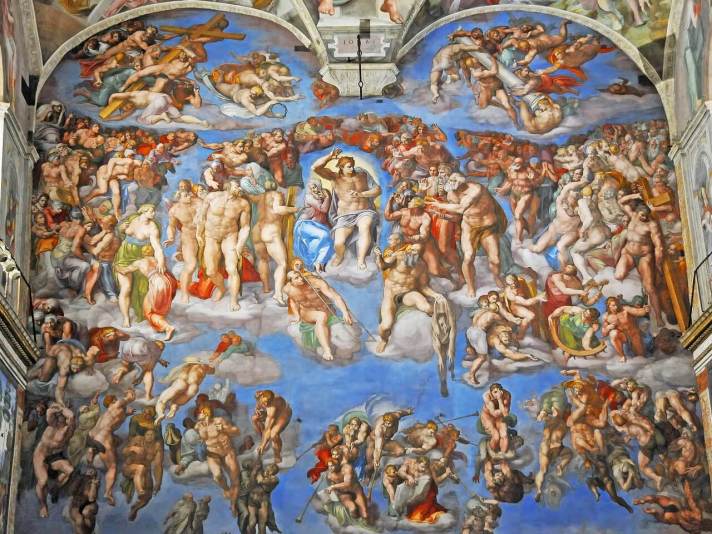
“Even now the axe is laid to the root of the trees; every tree therefore that does not bear good fruit is cut down and thrown into the fire” (Matthew 3:10).
The Last Judgment, Michelangelo, 1536-1541
There is Time Yet
So, be of good cheer, but remember that the Season of Advent is a time of penance and anticipation. Mary, heavy with Child, and Joseph are just now leaving Nazareth; the Magi are still far from Bethlehem, doggedly following a strange star in the heavens. Only the still unsuspecting Herod is making merry. There is time yet, so let’s make the most of it. The Boughs of Holly can wait for the Season to be Jolly: the next four weeks is the season to prepare ourselves to meet our Lord and Judge.


